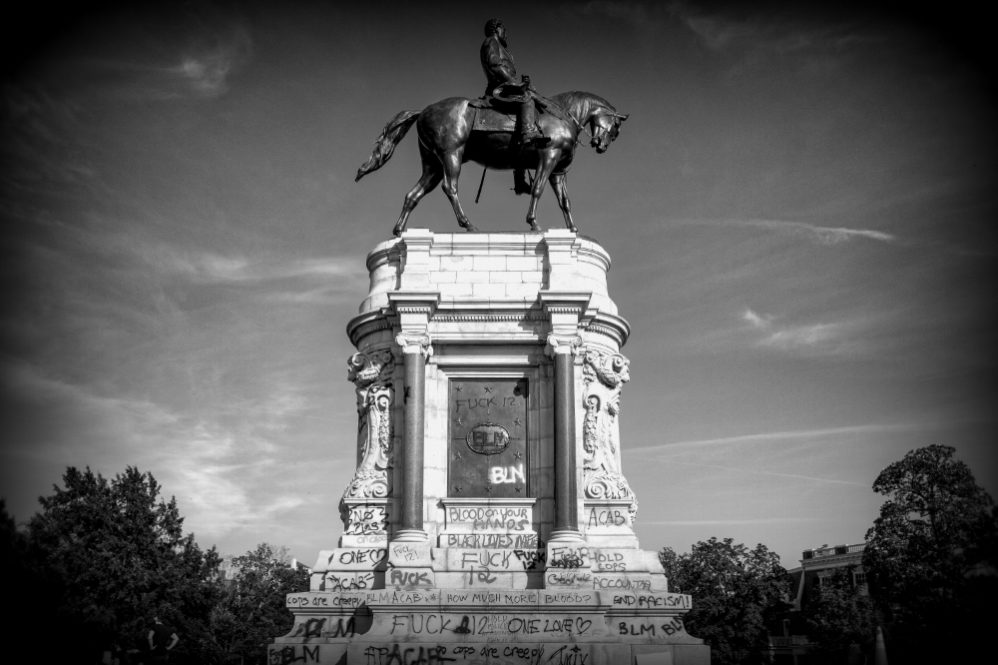The recent spread of iconoclasm was never just about Confederate monuments or even statues. It's a dangerous expression of the radical left's nihilism.
Back in 2017, soon after the fatal Charlottesville clash, a 22-year-old African-American student named Takiyah Thompson climbed a ladder and tied a tow-strap around the statue of a Confederate soldier in Durham, North Carolina. The bronze statue, dating to 1924 and located in front of Durham’s Old Court House, was then yanked down to the ground from its high pedestal and gleefully stomped.
The crowd that gathered for this staged media event was mainly white and youthful. Sheriff’s deputies were on hand to observe, but did not intervene. The event was organized by far-left political groups, with Thompson belonging to the World Workers Party, a Marxist-Leninist outfit that supports Venezuelan dictator Nicolás Maduro as well as North Korea — where just about everybody gets to be a slave.
This revelatory event was in the early days in the Orwellian crusade for the annihilation of the presence of the past in the nation’s public realm, which has reached fever pitch since the brutal killing of George Floyd at the end of May.
We Must Know Our History
Statuary monuments are landmarks. They help us understand our history, where the nation and the communities comprising it have been and what they’ve been through, the ideals to which they have subscribed, and the leaders they have revered. In some cases, the ideals they embody — as well as their beauty — are enduring.

Sometimes, their resonance is universal, as with the majestic Statue of Liberty in New York Harbor. In other cases, their appeal is more complex and complicated. That’s because history is complex and complicated. Our typically college-educated iconoclasts appear to be entirely incapable of dealing with that complexity.
A great many Americans are well aware of the landmark value of our monumental heritage. They also know that many statues’ originally intended symbolism is thankfully obsolete. This is most notably the case for the many monuments that implicitly enshrine the Confederate “Lost Cause” as a matter of vindicating states’s rights while ignoring the “peculiar institution” that caused the Civil War.
These statues, however, still retain cultural value as part of the historic fabric of American communities. More specifically, most Americans can appreciate that such monuments retain artistic value apart from any ideological baggage they might carry simply because they are of higher quality than the memorials we are apt to produce today.Read the rest from Catesby Leigh HERE.
If you like what you see, please "Like" us on Facebook either here or here. Please follow us on Twitter here.


No comments:
Post a Comment